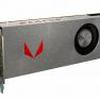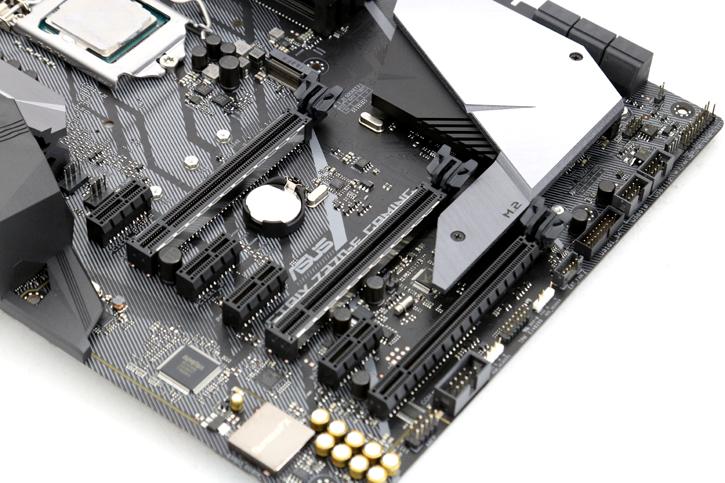While the need for PCI-Express 4.0 seems a bit redundant and far-fetched for any near future graphics card it now looks like it that the 7nm Vega20 that was announced on Computex, might be PCIe 4.0 compatible. Which has been an ongoing rumor ever since the beginning.
Earlier last year in October we already talked about Generation 4, the spec now is final. PCI-Express Gen 4.0 will offer 16 GT/s per PCI-Express lane which is double that of the 8 GT/s on the current PCI-Express Gen 3.0 specification. If you multiply 16 GT/s per lane bandwidth that translates into 1.97 GB/s for x1 devices, 7.87 GB/s for x4, 15.75 GB/s for x8, and 31.5 GB/s for x16 devices. The guys from Computerbase spotted an entry in the Linux AMD driver.
Contrary to say your SATA ports, PCI Express has moved well beyond the needs of any graphics cards. Currently, nearly every IO device routes data through PCIe to send signals back to the CPU and across the platform. It is expected to see rapid adoption of the new standard for storage and networking products (10 GBit/s links). NVMe SSDs using PCIe 3.0 x4, for example, reached the usable limit of the interface, ergo future NAND storage devices could benefit far better from this new standard. Meanwhile PCI-Express also already is in development at PCI-Sig, I added the numbers but that will take many years to see implemented.
AMD Linux driver reveals preliminary PCI-Express 4.0 support



